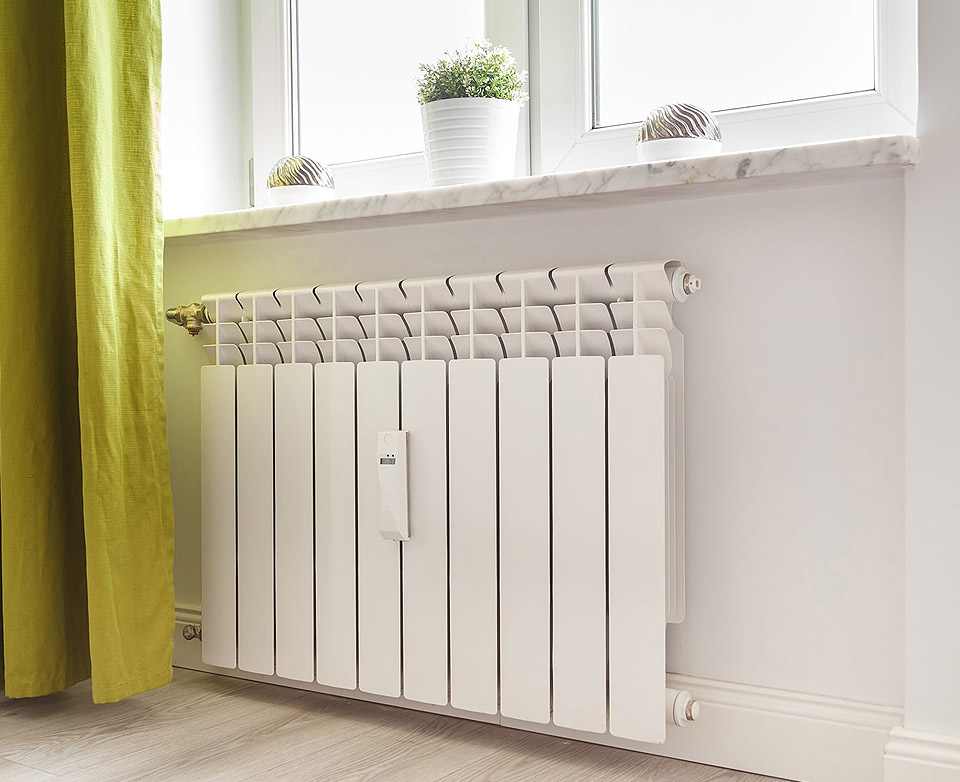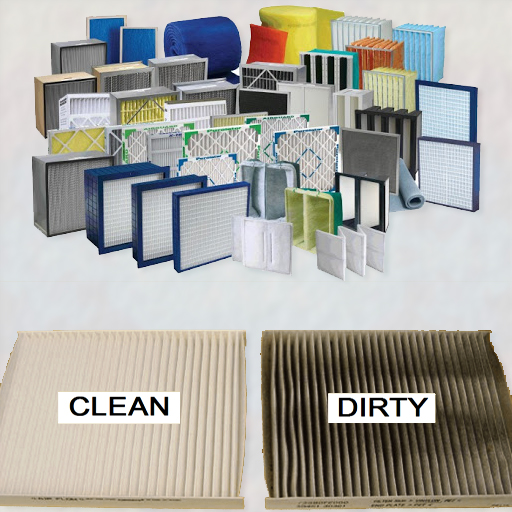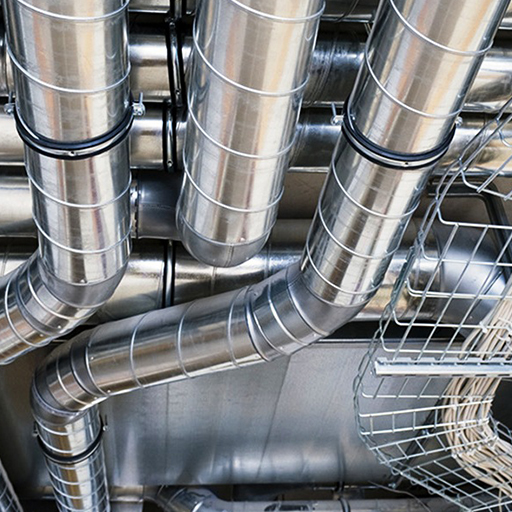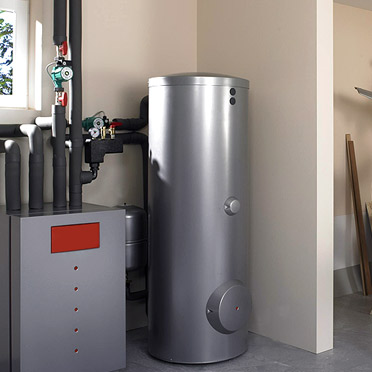- +1 (734) 620-6291
- Help@KaisersHeatingCooling.com
- Detroit Metro Area, Michigan

High-Quality Cooling
Installation

High-Quality Heating
Installation

High-Quality Cooling
Repair

High-Quality Heating
Repair

Residential & Commercial
Comfort 24/7!

Residential & Commercial
Comfort 24/7!

High-Quality Cooling
Repair

High-Quality Heating
Repair
- Cooling Services
- Heating Services

Air Conditioning
Air Conditioning
An outside air conditioning unit, working in conjunction with the furnace and air ducts, provides cool air to every room.

Air Filters
Air Filters
Air filters remove solid particulates such as dust, pollen, mold, and bacteria from the air. Filters containing an adsorbent or catalyst such as charcoal may also remove odors and gaseous pollutants such as volatile organic compounds or ozone.

Mini Splits
Mini Splits
Mini-splits allow you to control the temperatures in individual rooms or spaces. Mini-split systems have an outdoor compressor/condenser and an indoor air-handling unit(s) (evaporator).

Duct Sealing
Duct Sealing
With forced-air heating and cooling systems, ducts are used to distribute conditioned air throughout the environment. Typically about 20 to 30 percent of the air that moves through the duct system is lost due to leaks, holes, and poorly connected ducts. The result is higher utility bills and difficulty keeping comfortable temperatures regardless how the thermostat is set.

Humidity Control
Humidity Control
Humidity control eliminates most static electricity, dry skin, and dry hair. Introducing humidification will lower your energy costs. Humidification is able to be added to existing HVAC equipment. In many cases being able to set the thermostat at a lower level basically, pays for the upgrade in a few short years.

Zoning Products
Zoning Products
HVAC zoning systems use dampers in the ductwork to regulate and redirect air to specific areas. This allows for the creation of customized temperature zones throughout the environment for increased comfort and efficiency.

Boilers
Boilers
A boiler is a closed vessel in which fluid is heated. The fluid does not necessarily boil. The heated or vaporized fluid exits the boiler for use in various processes or heating applications, including water heating, central heating, boiler-based power generation, cooking, and sanitation.

Furnaces
Furnaces
Air conditioning is a fairly simple matter. An outside air conditioning unit, working in conjunction with the home’s furnace and air ducts, provides cool air to every room.

Gas Fireplaces
Gas Fireplaces
The fire draws air outside air through a pipe to support combustion, so no warm room air is drawn out of the house. If you want to add a fireplace to an existing home, a gas fireplace makes sense.

Heat Pumps
Heat Pumps
Heat pumps transfer heat energy from a source of heat to a thermal reservoir. Heat pumps move thermal energy in the opposite direction of spontaneous heat transfer, by absorbing heat from a cold space and releasing it to a warmer one.

Unit Heaters
Unit Heaters
Unit heaters use an electric fan blows air through a coil heated by hot water, steam, electric resistance, or gas combustion and provides a directed supply of warm air where needed.

Mini Splits
Mini Splits
Mini-splits allow you to control the temperatures in individual rooms or spaces. Mini-split systems have an outdoor compressor/condenser and an indoor air-handling unit(s) (evaporator).

Duct Sealing
Duct Sealing
With forced-air heating and cooling systems, ducts are used to distribute conditioned air throughout the environment. Typically about 20 to 30 percent of the air that moves through the duct system is lost due to leaks, holes, and poorly connected ducts. The result is higher utility bills and difficulty keeping comfortable temperatures regardless how the thermostat is set.

Humidity Control
Humidity Control
Humidity control eliminates most static electricity, dry skin, and dry hair. Introducing humidification will lower your energy costs. Humidification is able to be added to existing HVAC equipment. In many cases being able to set the thermostat at a lower level basically, pays for the upgrade in a few short years.

Zoning Products
Zoning Products
HVAC zoning systems use dampers in the ductwork to regulate and redirect air to specific areas. This allows for the creation of customized temperature zones throughout the environment for increased comfort and efficiency.
Why Choose Us
Kaiser's Heating & Cooling Services is your single source for a complete range of high-quality services. We can recommend the appropriate solutions for your needs. We perform maintenance, repair and the installation of electric, propane, natural gas and hydronic systems.
24/7 Emergency Services
24/7
Service
Calls
Free Estimates
Licensed & Insured Experts
10-year Comfort Guarantee
- Cooling Services
- Heating Services
© 2025. Kaiser’s Heating and Cooling. All Rights Reserved.

